One of the things that distress people struggling with mental health challenges like anxiety and depression is the inability to make a decision or sometimes feeling like they do not know what it is they want in a given situation. This can cause much distress and make undesirable situations even more difficult. There are many insight-building strategies that help people clarify what is important to them and what choices they want to make. In this blog, we will be going over one of those strategies in the form of a four-square pros and cons exercise. This is inspired by that from Dialectical Behavioral Therapy but includes a few differences. This exercise is designed to help you access your wisdom regarding a particular choice. Please keep in mind that when using this exercise, each time it is used it is used for the positive statement of a choice, and then the negative statement of the choice. For example, this tool would be done with statements such as “attending my friend’s birthday party” and “not attending my friend’s birthday party” instead of 2 different statements such as “Attending my friend’s birthday party” and “Going to the mall”. Now, let’s review more about how this exercise is used.
The exercise begins by making a large box in which to write the pros and cons lists. This box is then split into even quarters. Then along the top of the box, one column is labeled Pros and the other Cons. Along the left side of the box, one row is labeled with the positive statement of the decision being considered and the other row is labeled with the negative statement being considered. Now you have four boxes, pros for the positive, pros for the negative, cons for the positive, and cons for the negative. This is when you begin making the lists for each box. Don’t worry if some of the answers in different boxes address the same idea, just answer as fully and genuinely as you can. Once you feel you have represented the pros and cons related to the decision to the best of your ability, it is time to analyze the results. This can be done in 3 separate ways that all help build insight into what your wisdom is trying to communicate regarding the relevant decision. Step one, count the number of items listed in each box. Then add them diagonally, meaning the pros for the positive box is added to the cons of the negative box, and the same for the pros of the negative and the cons of the positive. Take note of these results as the first analysis. The second analysis includes scoring each item in all four boxes with a number value of 1- 10. For the pro items 1 means “not very important to me” and 10 means “extremely important to me” and for the con items 1 means “acceptable to me” and 10 means “extremely unacceptable/a deal-breaker”. Then you add up all these scores diagonally between boxes like you did for the first analysis and note that score as well. The 3rd analysis is to simply find the median score out of all the scores you have given and then strike out all items that fell below that score and then repeat the same style of adding the scores from the 2nd analysis to get your 3rd score total. These three methods of quantifying your values as they relate to the relevant decision gives you 3 sets of numbers to represent how strongly your wisdom is leaning to one choice over the other. The larger the difference and more consistent the trends are, the more confident you can be in your choice.
This exercise is best used when it is done multiple times for each decision and done with the support and insight of a trusted friend or mental health provider. If you are interested in using this skill or looking to find assistance with building your insight, feel free to call or email to make an appointment.


